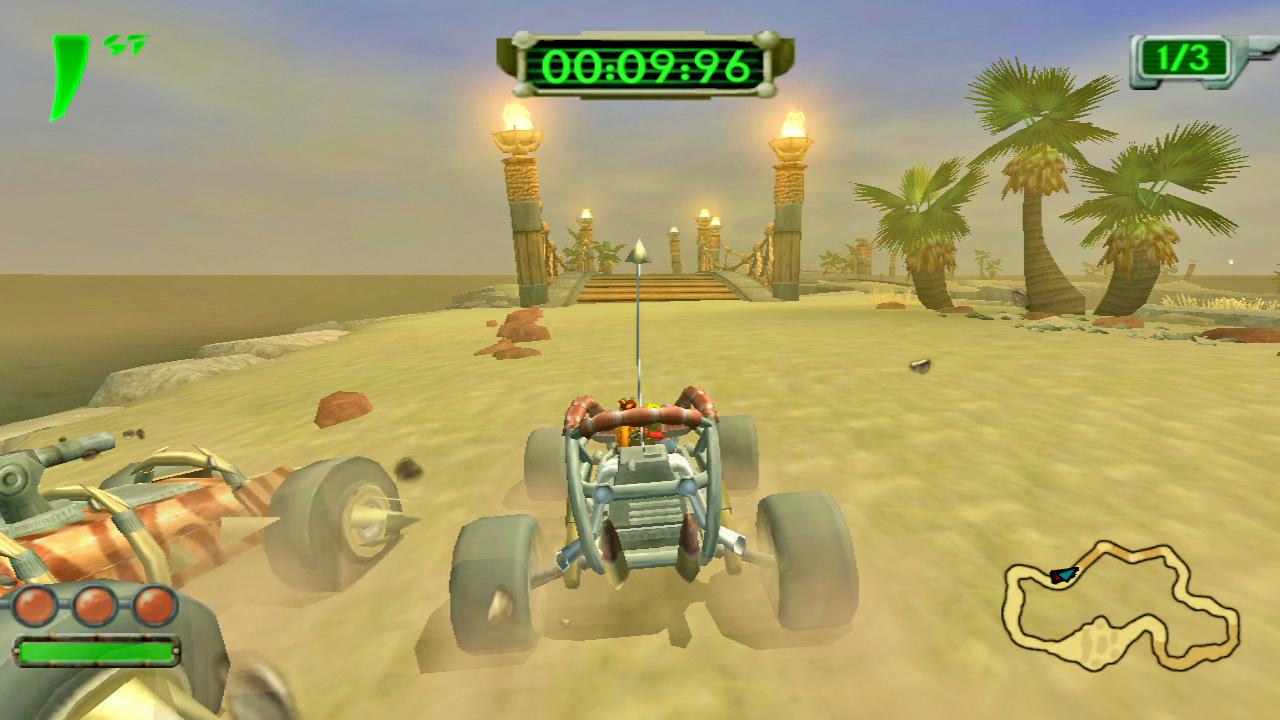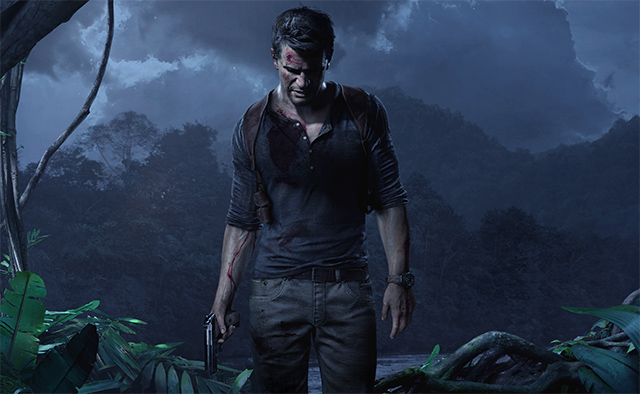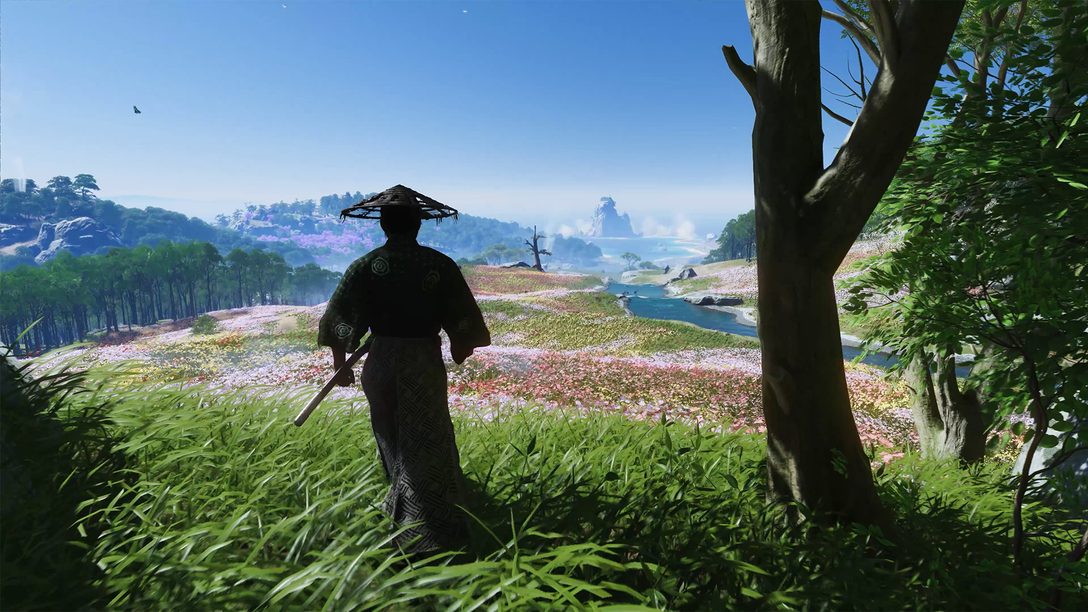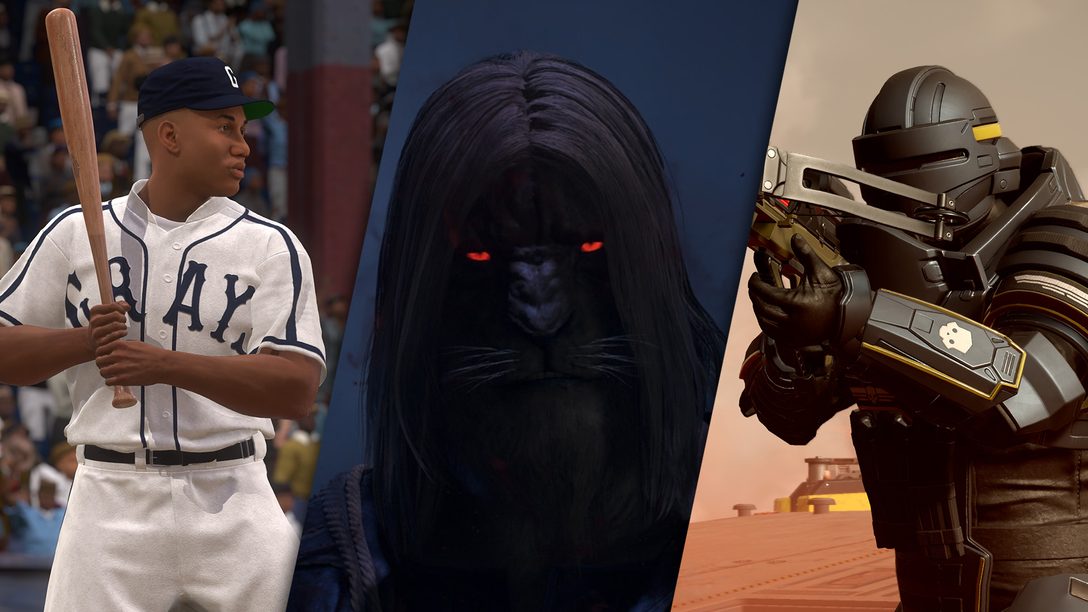
The studio behind Crash Bandicoot, Uncharted and The Last of Us reminisces
Though Naughty Dog is celebrating its 30th anniversary, we’re also excited to have been along on PlayStation’s 20-year ride that it’s celebrating this year. In fact it was developing for the PS1 that had Naughty Dog hire its first employees – for the first ten years it was just our co-founders Jason and Andy doing all of the art, programming and design themselves. Oh, how times have changed!
Developing the Crash Bandicoot games on the PS1 was an exciting time. The PlayStation didn’t have a mascot to go up against Mario or Sonic, so when Naughty Dog debuted Crash for the first time at E3 in 1996, Sony put it right up, head to head with the other gaming juggernauts. And it worked! Crash Bandicoot became a worldwide success, and the demand for a sequel was immediate.
The first game was developed by just eight people (some who are still here!), and the next three games were all developed in just 12 months each! It was a crazy pace to keep, but over those years the company started to grow. Naughty Dog was a whopping 15 employees by the time Crash Team Racing was completed.
During the development of CTR, Sony had shipped us some of the very first PlayStation 2 development kits to enter the United States. We began developing an engine and doing early graphics tests as we decided what our next game was going to be.
The promise of what the PlayStation 2’s increased horsepower would allow us to create had our minds spinning. We wanted to stop building discreet levels and build load-free interconnected worlds you could explore. We wanted to put an increased emphasis on storytelling, and give players motivation behind the gameplay they were experiencing. The possibilities seemed endless. And that’s how Jak and Daxter were born.
The PS2 was an incredible advancement in technology over the PS1 and it allowed us to continue to refine and optimise our engine to get more and more out of the hardware over the course of the next three Jak games. The PlayStation 2 years were huge for Sony. The hardware dominated the console market but Sony was already looking to the future.
While we were still developing Jak 2, Sony was already sharing information with us about the specs of PlayStation 3 and its legendary Cell Processor. In fact, we started a small R&D group called the ICE Team (which is still part of Naughty Dog today) to help experiment with different potential hardware configurations. At one point, there was serious discussion about not including a GPU and relying entirely on the Cell to do the rendering!
As the hardware was finally taking shape, we again got our hands on early development kits just as we were brainstorming what was next for Naughty Dog after Jak and Daxter. Knowing what the PS3 was offering, we decided that it was time to leave the fantasy worlds of our previous two franchises behind and to tackle a real world setting with realistic human characters. After exploration of dozens of concepts we finally settled on what would become Nathan Drake and Uncharted.
The PS3 turned out to be even more complex than PS2, and while it allowed us to continue to squeeze more and more out of it with each game we produced, it truly was as difficult to develop for as it was reputed to be. We struggled, as many developers did, to wrap out heads around its architecture. But with each game under our belt, the seemingly bottomless pit of processing power that the Cell gave us opened up doors for our designers and artists to dream even bigger.
The culmination of this was The Last of Us. After we thought we’d reached the limit of the PS3’s capabilities with Uncharted 3, somehow our amazing team of programmers found a way to do just a little bit more. Convention says that it’s best not to release a new IP so late in the cycle of hardware, but we’re very happy that Sony gave us the opportunity.
And as we were deep in the middle of development on The Last of Us, Sony, along with Mark Cerny, was busy putting together the plans for the PlayStation 4. Mark has an office here with the ICE Team at Naughty Dog, so we had a front row seat to the whole process.
It was truly impressive the care that went into the design of the hardware and the OS. Years of meetings with all of the publishers and the top development teams helped shape the PS4. Putting complete emphasis on games when designing the console was the through line. And, of course, learning from the concerns that the PS3 was difficult to develop for, the PS4 was built from the beginning to be appealing to the full spectrum of development teams.
Remastering The Last of Us for PS4 let us get our first taste of the impressive new hardware, but switching gears back to Uncharted and developing our first game dedicated to the PS4 is really letting us see it’s true potential.
Since this is the first time we’ve carried a franchise over from one generation of hardware to the next, it’s amazing to look back and compare Uncharted 1 to Uncharted 4. It’s crazy to see how far the state of the art has advanced in just seven or eight years. Looking at Drake on the PS4 it’s almost embarrassing to see what we considered ground breaking back on the PS3. And we’re only a year into the life of the PS4!
We couldn’t be happier to have grown right alongside PlayStation these past 20 years. They’ve consistently provided the best hardware for gamers and game developers. And, just as importantly, they have fostered the best development community, creating hands down the strongest and most diverse stable of first party and platform exclusive games out there. It’s been an exciting ride so far, but I have a feeling things are just getting started.















Join the Conversation
Add a CommentBut don't be a jerk!
34 Comments
Loading More Comments